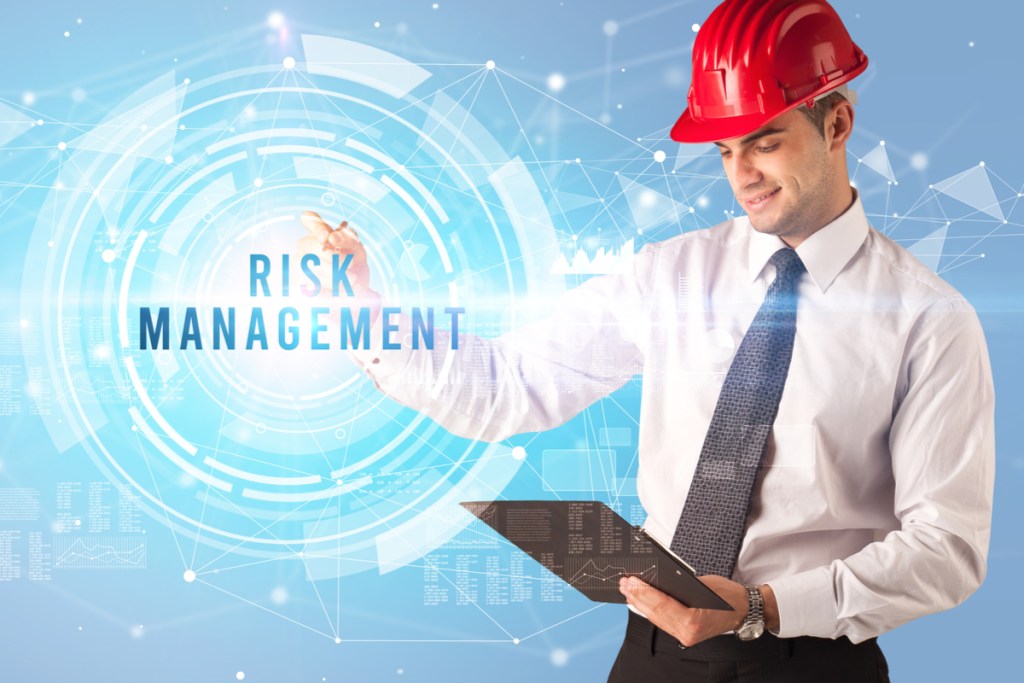In construction, or any industry that involves higher workplace risks, managing those risks and ensuring they stay at a minimum is critical. It’s not only necessary for keeping employees safe, but it’s also an essential part of a successful construction management business. If you plan for risks, you can implement financial contingencies that’ll mitigate those risks if they occur. But first, you have to understand how to determine and assess the costs of those risks.
Construction risk management involves two key components. The first is risk assessment. In the risk assessment portion of overall construction risk management, teams of people are dedicated to analyzing every aspect of a particular construction project and all the potential risks to workers.
The other component of construction risk management is the actual act of managing and mitigating those risks through procedures and systems that proactively prevent them from happening.
Construction risk management is a complex concept that can be hard to grasp. Here’s a basic overview of how to manage risk in your construction business.

Construction risk assessment
There are two primary methods of assessing construction risks, which should be used in tandem with one another: quantitative and qualitative risk analysis. However, before we discuss how to perform these analyses, we must first touch on what exactly is at risk.
With the understanding that workers’ health and well-being are the primary concern for construction companies, there are three main things at risk: finances, project timeline, and performance. Whenever something goes wrong, each category is affected to some degree, with the potential of one or more being more heavily impacted than the others.
When you assess the risks of a project, you should ask yourself the following questions.
- If X happens, how will it affect the budget?
- If Y happens, how badly will it delay the timeline?
- If Z happens, how will it affect the overall team’s ability to deliver on what was agreed upon in the contract?
One of the hundreds of examples, one might be that you have an older piece of essential equipment necessary to complete the job. What happens if it goes out? Will it be within your budget to replace it? How long would replacing/repairing it delay the project? Can your team get the job done without it?
Quantitative risk analysis
Trying to think of everything that can possibly go wrong on a construction project internally and externally can make your head spin. It’s incredibly tedious and time consuming, yet necessary. It’s why there’s an entire industry dedicated to it.
Quantitative risk analysis is, for the most part, subjective. Many small business owners can’t afford to hire risk management firms to do this work for them, which is fine.
If you’re assessing the risks of a given project, rely on your knowledge and experience to think of everything that could potentially go wrong. After you have them on paper, rank them by likelihood of happening and their consequence.
Typical construction risk is the severe injury or death of a worker. Although it might not significantly affect the timeline or performance of the project, the financial consequences could be astronomical.
Qualitative risk analysis
Qualitative risk analysis is more challenging to perform because it’s based on actual data. Many small businesses don’t record workplace incidents in as great of detail as they should. However, to get an accurate qualitative risk analysis, you should do so.
Once you list your project’s risks, you then assign a percentage likelihood they will happen based on past data. Doing this allows you to more accurately mitigate, manage, and plan contingencies for them.
An example could be that materials were stolen from your work site at the last 7 out of 10 projects. That means there’s a 70% chance of that happening again, and there should be systems in place to prevent this. There should also be contingency funds included in the budget to replace the materials in the event it happens again.

Construction risk management
Once you assess the project’s risks, you must mitigate, monitor, and plan for them. First, it’s essential to be clear about who is in charge of managing which risks. A sole construction manager or contractor is too busy to do it alone. Risk management responsibilities should be delegated to all construction team members, not only to make it more manageable but also to reiterate its importance.
Standard procedures, systems, and other rules should be in place to mitigate all risks. It’s also on managers to monitor and audit those systems and to ensure they’re followed and are effective. Finally, if something still goes wrong, there should be a documented plan of action to hedge the damage it could cause.
Final thoughts
It’s impossible to plan for every little thing that can go wrong on a construction site, but that doesn’t mean you shouldn’t try. Construction risk management plans allow you and your team to perform more confidently through strategies that provide a safer, efficient, and more consistent workplace. In the end, taking the time to assess construction risks will make your construction business more profitable.



